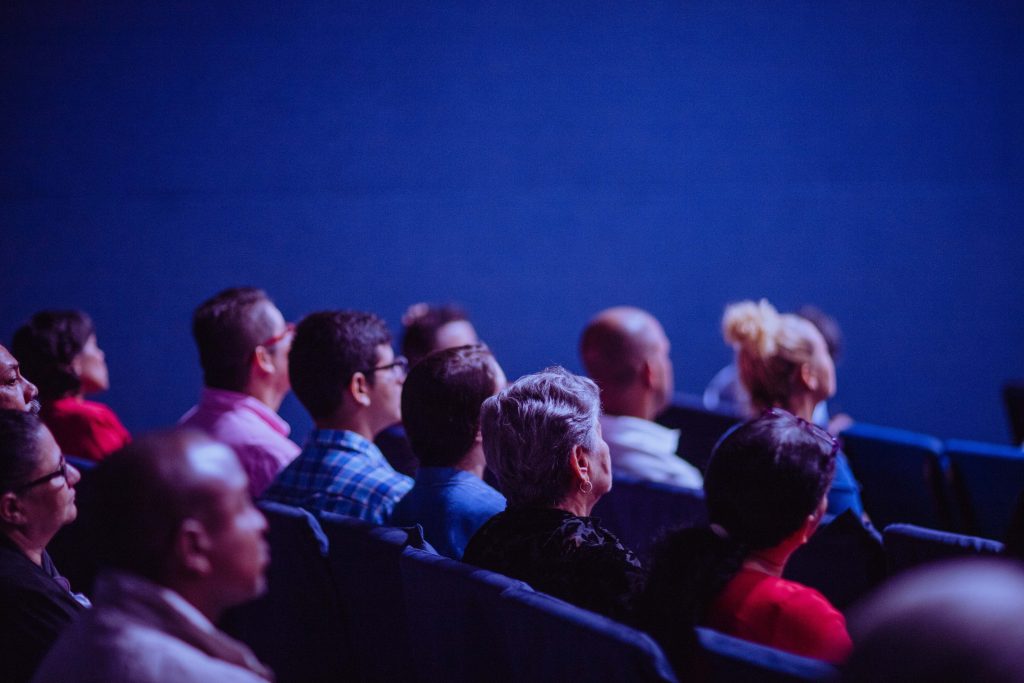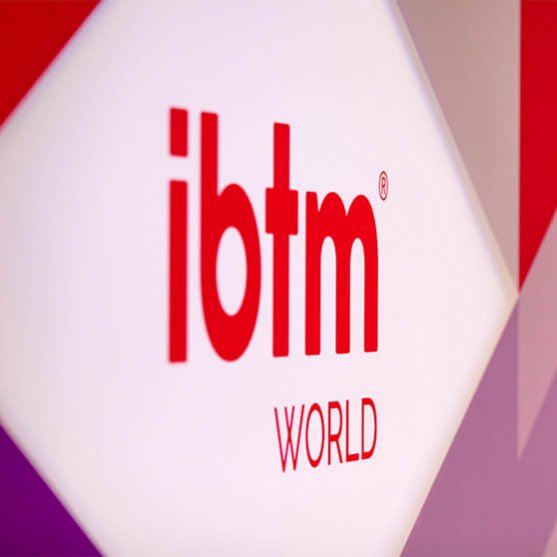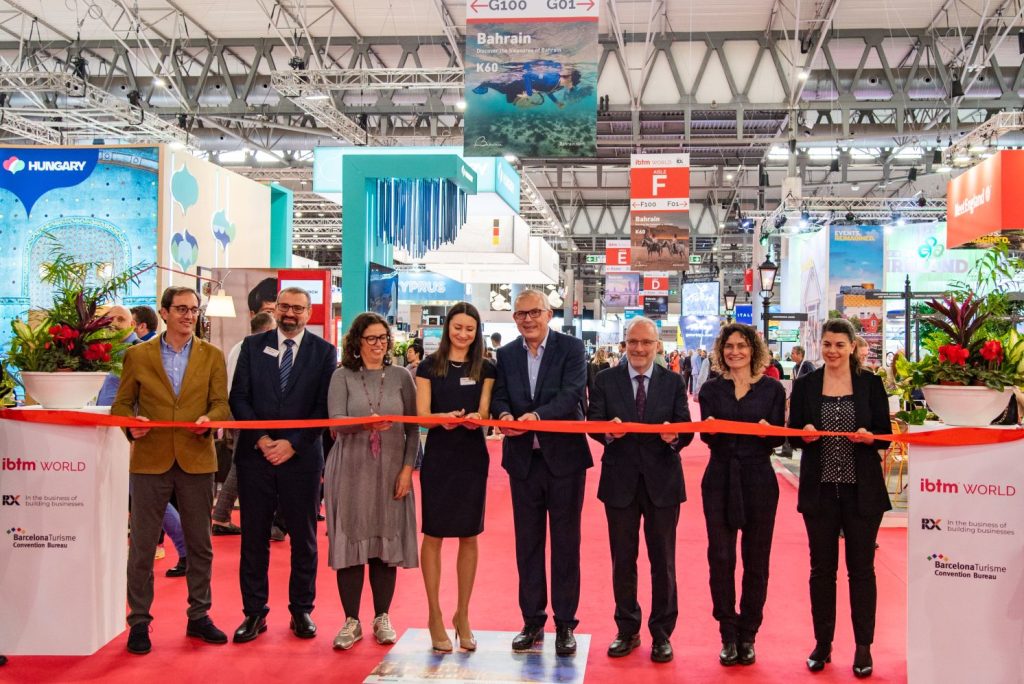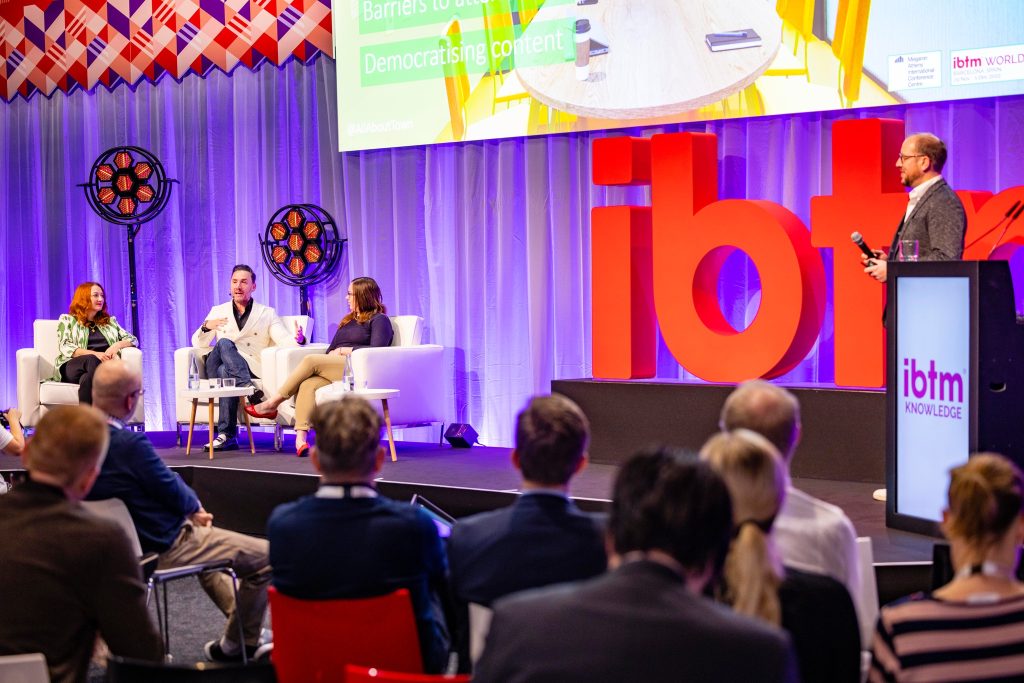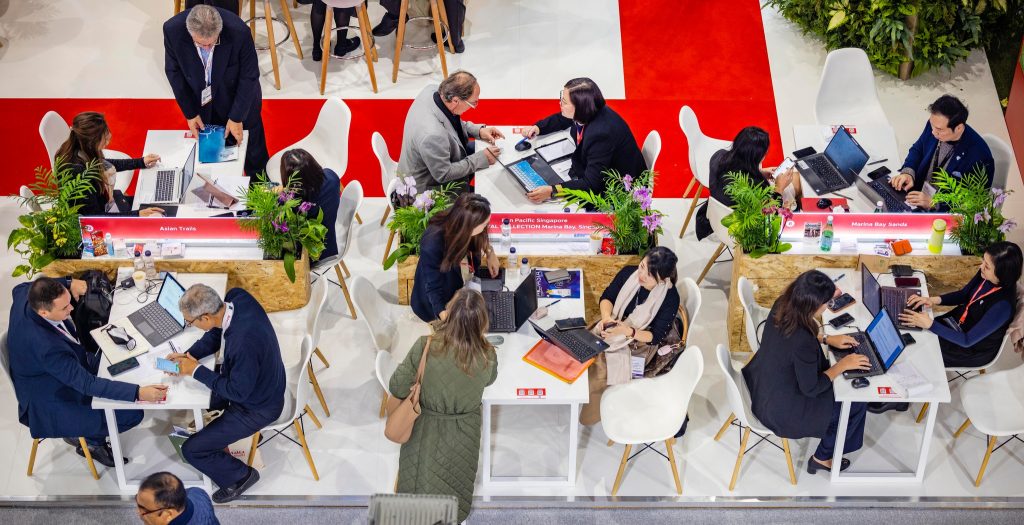EventHorizon 2018 or how to apply new technologies in an event
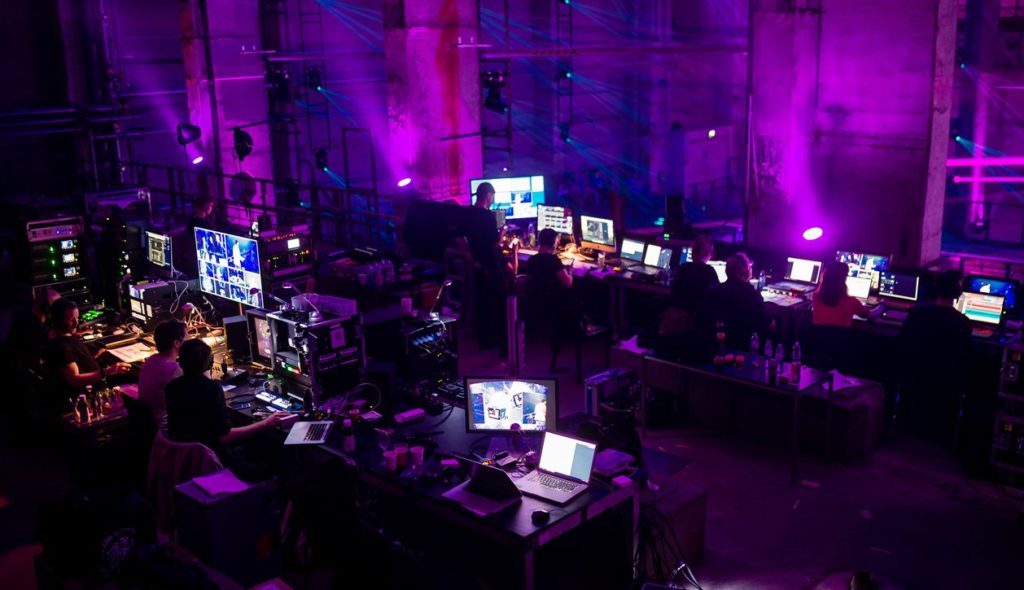
Share news
Listen
Data creating networks and extreme personalization
The process of capturing data began at the time of registration to the conference and continued during the event through various forms, such as the web platform Navigator, and the ‘networking wall’. This first information of the attendees, some relevant and other fun facts, but especially elements in common with the rest of the participants, allowed thanks to the NFC technology accreditations, to create a first contact between them and stimulate the interaction. On the other hand, the Navigator allowed them to interact with the stage and the speakers, as well as becoming the central interface of the participants that guided them in all their experiences. Being a tool based entirely on the web did not require downloading it on the smartphones, so its use was raised to 100%.
Another interesting moment of personalization took place in the same entrance, with the welcome screen that surprised with greeting each visitor in their native language, and with a ‘ticker’ of news related to them, such as the time it had taken them to get to the event, the name and position of the last person who had entered, their countries of origin, messages such as ‘XY assistants from the XY sector have already arrived’, etc.
Also at the time of taking a break, they had at their disposal a ‘mood room’ adapted to the personal preferences of each. They had been asked to choose their favorite place to ‘charge the batteries’ and from those data that were transmitted thanks to the NFC technology of their accreditations, the areas were transformed into a lonely beach with the soothing sound of the waves, or the top of a mountain on a sunny day with the sound of cowbells and the singing of crickets.
The ‘social media box’ was also a great success, a channel that allowed to instantly uploading the photos taken by the photographer of the event, which could be shared immediately by the participants through the Navigator.
The data obtained was collected in EventHorizon Times, a virtual newspaper with articles made from them, and that was shown on the screens.
Signage with augmented reality
The signals were equipped with individual augmented reality codes to guide the participants. The Navigator included a QR code reader so they could see these ‘hidden’ messages. Depending on the location and time, different messages were displayed, which allowed them to show a lot of relevant information, with a reduced number of signals, such as the direction to the stage with the session at that moment, the different menu options, the instructions for headphones, etc.
Cutting-edge staging
Decentralization of the blockchain and energy were integrated into details such as in the exhibition area, where light-cubes (led) designed as a chain of blocks, replaced the classic stands.
But undoubtedly it was the central stage with its huge circular screen the center of attention. This agora-type scenario was rotating and designed in the form of ‘Arena’ which allowed attendees to interact with the speakers and these with them. On the other hand, the enormous size of the space allowed an installation for the quite impressive lighting: only the system of projection and the bulbs required more than 400 meters of beams and 5,500 hours of work.
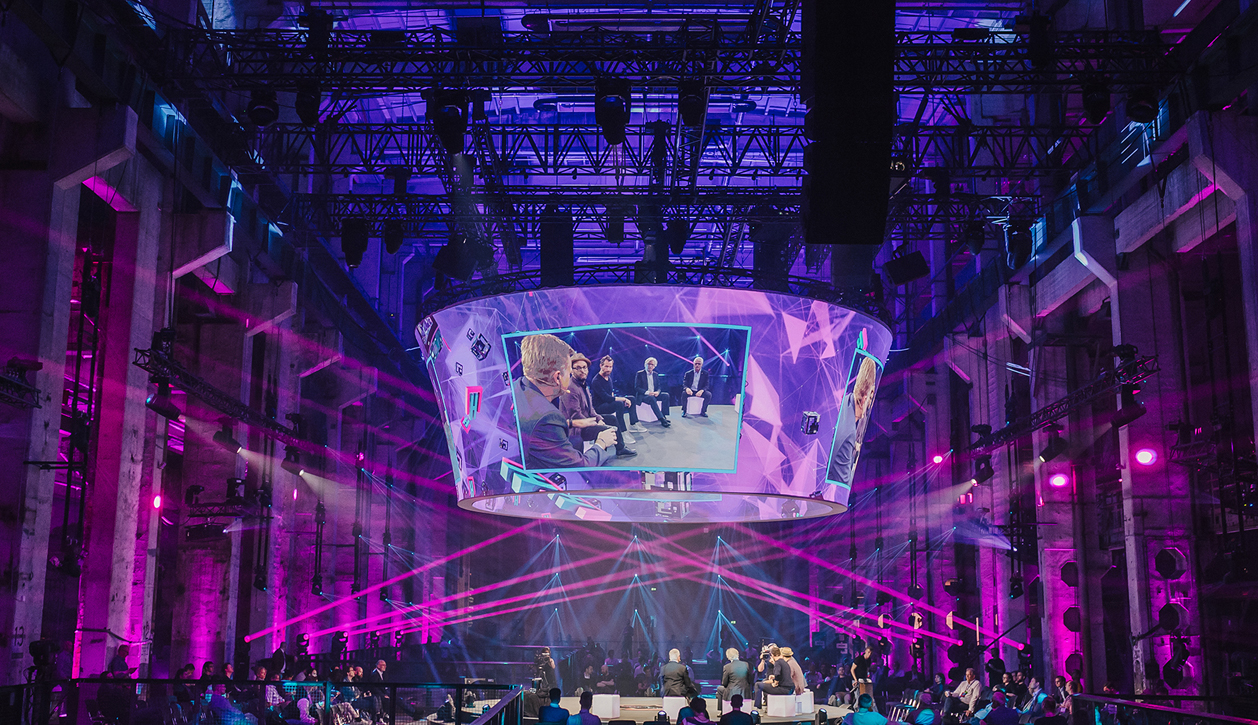
“Our challenge was to find a stage design that was innovative and special, but also decentralized, like the blockchain, so we chose a rotating platform as a stage with the participants around, and then we had to make sure that our content was equally visible from all points. So we created a circular screen big enough so that the people in the last row could see the projection, but the challenge was that people in the front row could also see it, so we decided to project inside as well as on the outside: this is why we say that it was a 720º screen if we added the interior and exterior 360º projections with individually produced contents. To make this possible we needed 11×20,000 light projectors and a sophisticated server”, told us from Media Apparat.
Elaborate planning
This event, created by Ewald Hesse, co-founder and CEO of GridSingularity, was planned and organized in Vienna for a whole year by a team of 300 people. Have collaborated Stefanie Gründl (HIVEwise) and Media Apparat (technical concept, event design, concept and content creation), Habegger Austria, Satis & f and Berlin, Flave, Cinewolf, Hedi Breit, Up-Store Upcycling & More, LIVE Lasersystems, among others.


